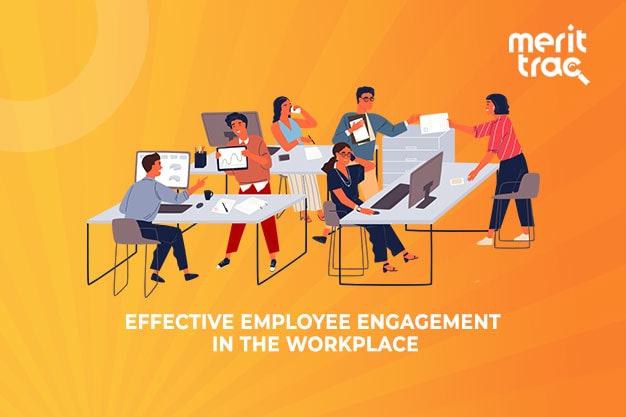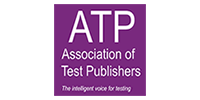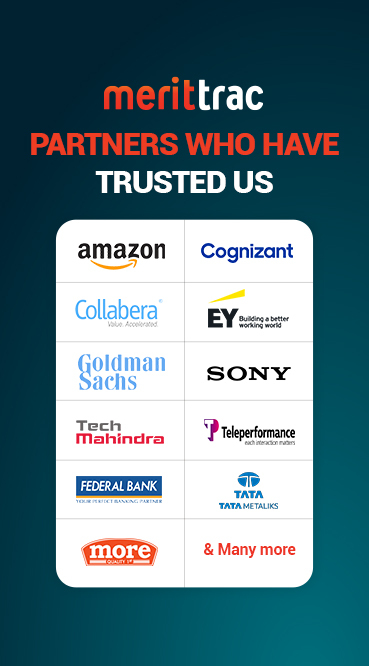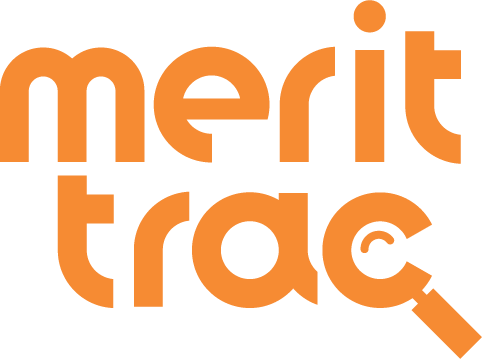
Effective Employee Engagement in the Workplace
Date: 21/07/2020 | Category: General
Employee engagement has been an area of focus for organizations across the world over the past few decades. Introduced by Dr. William Kahn in the year 1990, the concept explored the physical, cognitive and emotional involvement of employees in a workplace. The term has caught on since then as businesses try to improve productivity and profitability, through technology-enabled employee engagement strategies.
What is employee engagement?
Employee engagement can be defined as the emotional investment an employee makes in their work and the workplace. Engagement can be further described as the presence of involvement, passion, and motivation that enables an employee to align his professional goals with his organization’s vision or mission. When an employee finds the drive to bring profitability to his company by achieving his goals, customers find better value from the business. An engaged employee remains motivated as a result of this translation of his efforts.
Benefits of employee engagement
Employees who are engaged at work are generally more productive. This leads to:
- Better service, quality, and customer satisfaction
- Increased sales
- Increased profitability
- Higher return on investment
What are the best employee engagement strategies?
- Recognize employee achievements, facilitate improvements, and promote employee-centric communication that highlights the perspective of the employees and not just that of the managers.
- Foster employee engagement through relationship-orientated behaviours such as higher accessibility, and increased face-time.
- Set up engagement focus groups, that can help avoid burnout and create competitive advantage among peers.
- Better bonus/incentive schemes that are based on improved customer satisfaction and financial results.
What are the effective tools for employee engagement?
To make employees truly engaged at work, you can make use of a number of engagement tools.
- Positive onboarding experience:
Employee engagement truly begins during the onboarding process. A great way to set the foundation for a long-term work relationship with the employee is to provide enough training to master their job before he or she begins work on the floor. Online assessment tools can help you understand the skills and talents of each employee and this will, in turn, help design targeted learning and development programs that can fully equip the employee to do their best at work.
- An open work culture:
Set up a system where employees can freely communicate with their supervisors regarding work or any issues. You can also create a system where employees can anonymously report issues they have with their managers or report workplace misconducts. Factors such as transparency in communication, work expectations, updates on the company’s performance in the marketplace and how employee contribution has benefitted for the growth can improve employee commitment and increase engagement.
- An autonomous working style:
In this day and age, employees are expected to work remotely or from home. This trend makes it important to move away from micro-management and provide employees with the freedom to work independently and be more productive through their own efforts.
Disengaged employees are unproductive and may also have a tendency to undermine the work done by motivated employees. There is also a category of employees who may just be satisfied with doing their daily tasks and are only motivated enough to work for their paycheck.
A motivated employee, on the other hand, has reasons to be more focused and productive at work when compared to disengaged employees. A company made up of such highly-focused employees tends to be more profitable and successful.
By adopting smart employee engagement strategies, you can bring a significant level of improvement in the enthusiasm, motivation and dedication level of your employees. They will become more passionate about their work which will be reflected in improved productivity that comes through their individual efforts.
Conclusion
Employee engagement is a collaborative function where different members within an organization work towards the common goal of improving engagement. The main responsibility for planning and implementing employee engagement activities lies with HR. They execute the employee engagement strategies by using tech-enabled tools and by coordinating with managers and leaders in the organization.
To adopt employee engagement programs that have high receptivity, you need a comprehensive understanding of the work-related skills and behavioural traits of employees. With such valuable data, you can create impactful learning and development programs that can help employees find their strengths and overcome their shortcomings. With the clarity required to make informed work-related decisions, employees will be able to contribute to the best of their abilities and thus contribute to business outcomes such as improved productivity, profitability and also gain rewards and recognition for their efforts.
MeritTrac’s online assessment platforms help businesses to assess a multitude of job skills as well as behavioural traits of employees. With L&D programs created based on the online assessments, you can build a robust and engaged workforce of highly skilled employees.













 Sales Hotline: USA: +1 646 916 0939 / Others: +91 80619 14700
Sales Hotline: USA: +1 646 916 0939 / Others: +91 80619 14700


